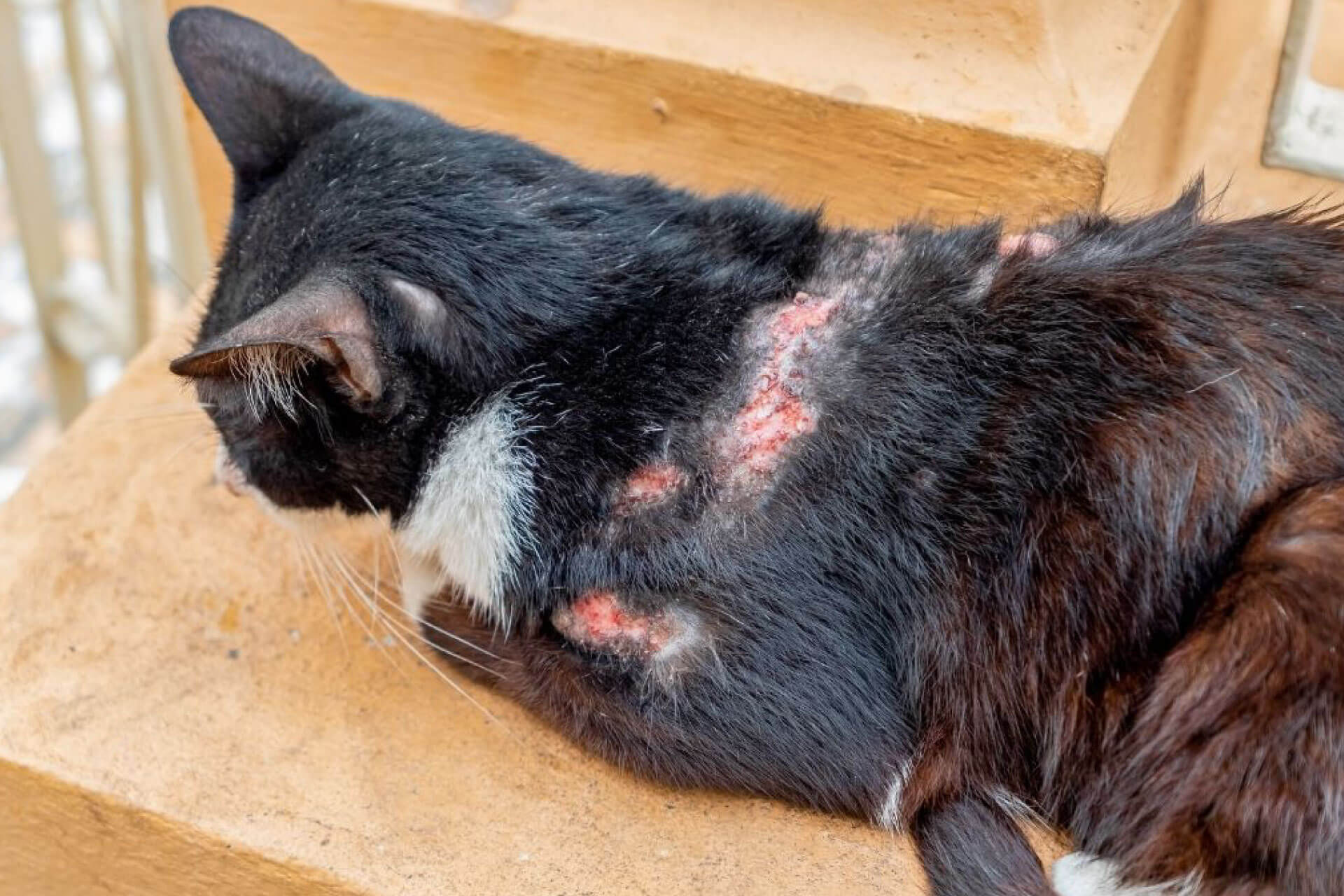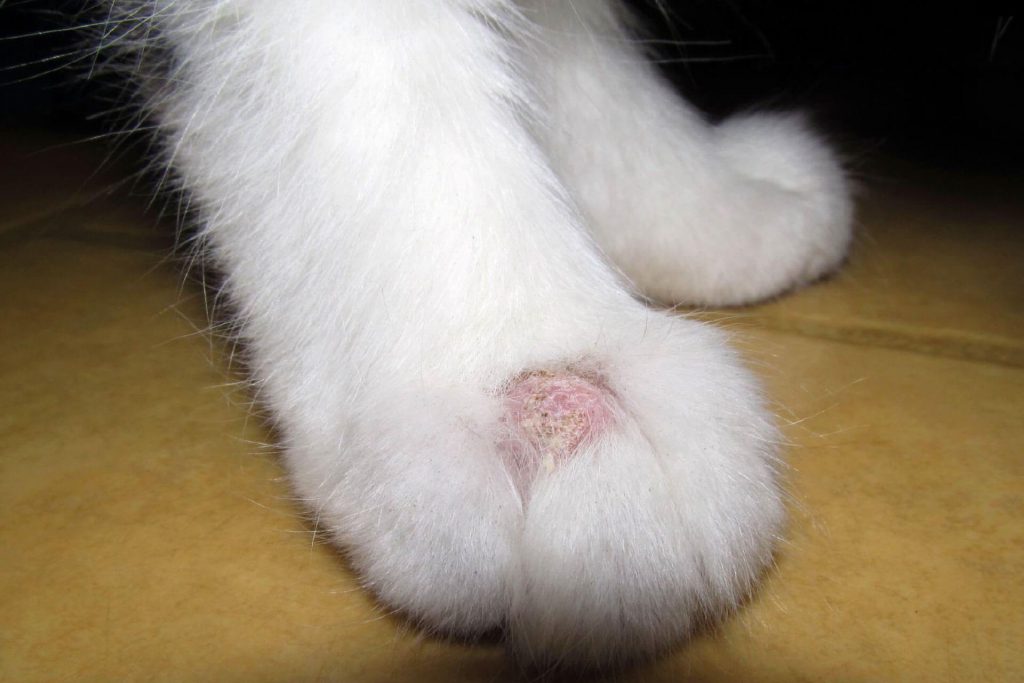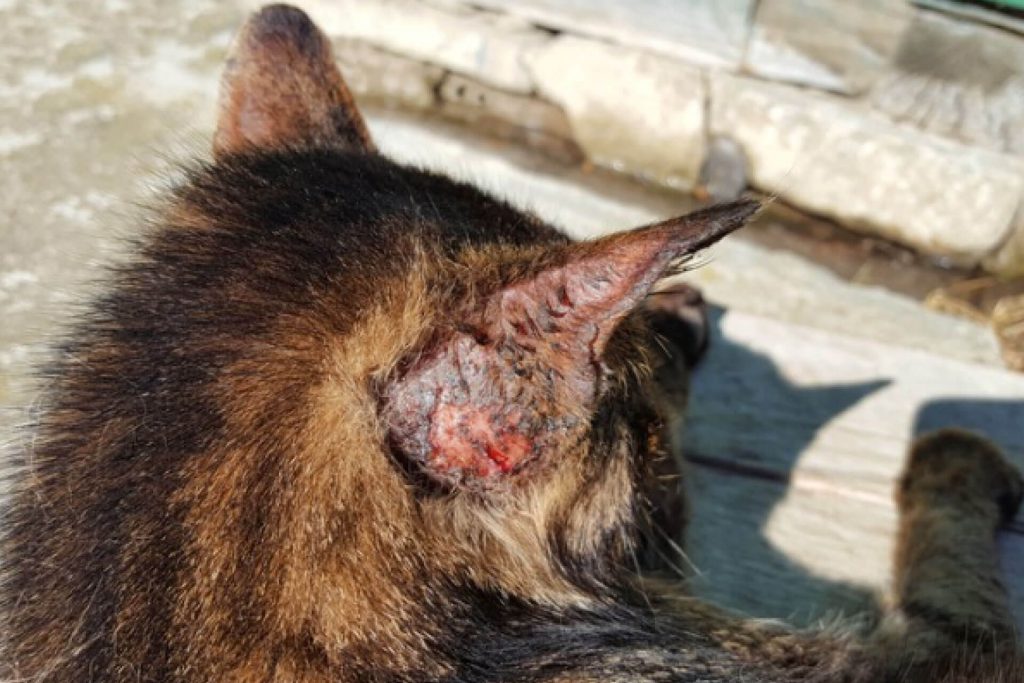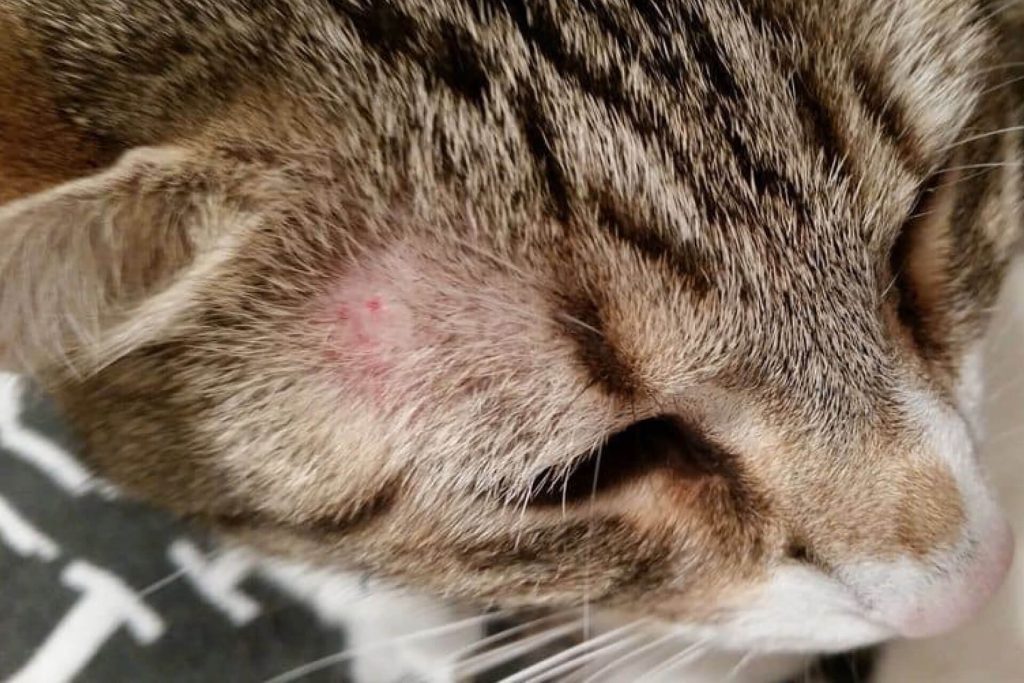FUNGUS DISEASE IN CATS
The most common cause of fungal disease in cats is ‘ Microsporium Canis ‘. In recent years, there has been an increase in infections belonging to the Trichophyton species.
Fungal infection is a zoonotic and contagious disease. It is more common in long-haired cats such as Chinchilla and Persian , in kittens, immunocompromised, elderly diseased, severely stressed cats because their immune responses are underdeveloped.
Transmission in cats occurs by contact. Blankets, brushes, cages play an important role in contamination. Especially humid weather such as autumn and winter are the times when the fungus is seen the most. The importance for other cats and humans in transmission, live fungal spores are scattered in the close environment of the infected animal in the same house or environment. They have the potential to survive for as long as 1 year. In this respect, environmental hygiene is very important in treatment.
Is Fungus in a Cat Passable to Humans?
Although the fungus in cats is rare, it can be passed to humans. Infection can occur mostly in cases where the immune system is weak, the body resistance decreases, and in children. In such cases, contact with the cat should be reduced and environmental hygiene is important, especially the removal of hair from the cat.
Symptoms and Treatment of Fungal Infection in Cats
Itching is variable. Circular hair loss can be single or multiple. Lesions are usually seen in the head and neck regions.
In healthy cats, the fungal infection may go away on its own within 1-2 weeks. However, because it can be transmitted to humans and other animals, treatment is necessary. It is useful to determine the causative agent by taking scraping from the area before the treatment.
In the treatment of the disease, care should be taken to clean the environment while applying local application, vaccination or drug treatment. Shaving especially long-haired cats is of great importance in facilitating treatment. In multi-cat environments, the cat with fungal disease should be kept in a separate environment from other cats and transmission to other cats should be prevented. Fungal infection may respond very quickly to treatment and may show a rapid recovery, or it may become chronic and require a long treatment period. Treatment can continue for at least 6-12 weeks.









